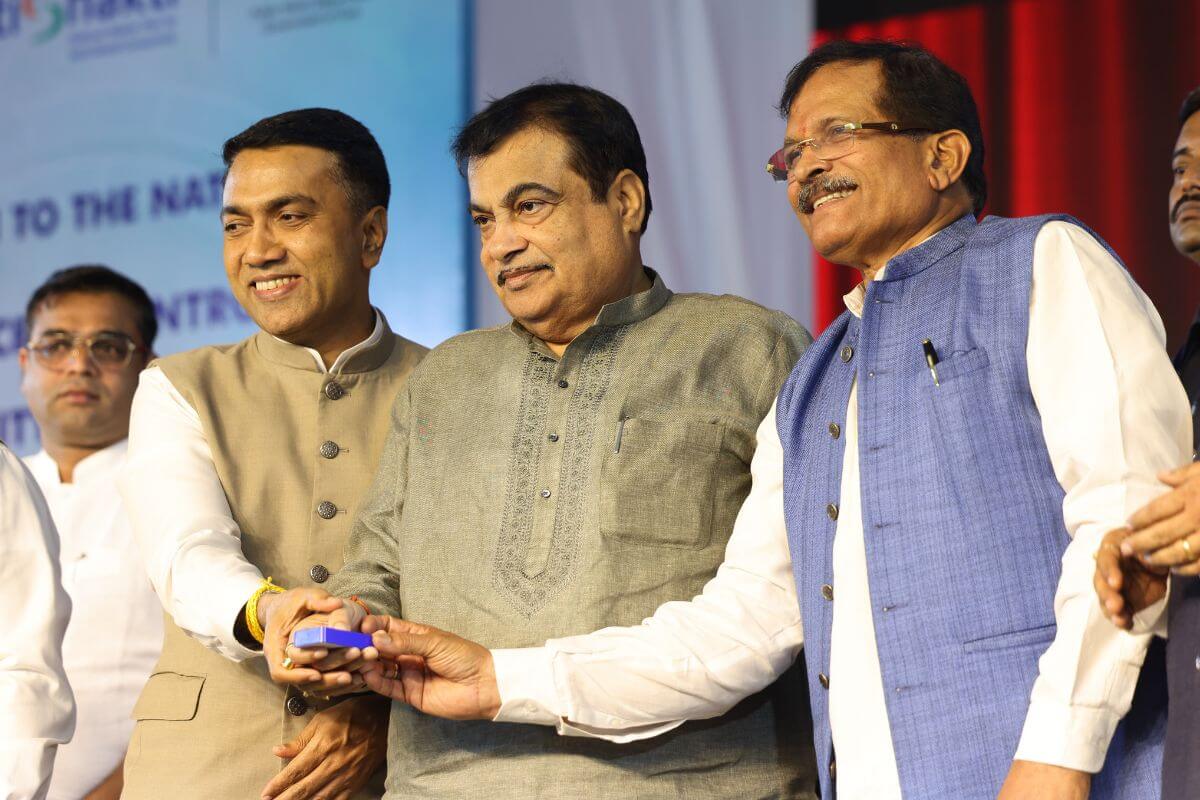Gastric acid reflux – more commonly referred to as ‘acidity’ – is a burning (pun intended!!) cause of concern across the human population. Popping in an antacid is the easiest way to deal with the discomforting feeling that repeatedly accompanies a sumptuous, often spicy meal.
But have you ever stopped to decipher the reason for this excruciating, constricting, upper digestive tract pain that makes you promise yourself never to touch the offending food again …. only to be drawn to the same delightful spread 4 days later – hell temporarily forgotten!! Over the next few weeks, we will systematically dissect the reasons for GERD (Gastroesophageal Reflux Disease) – as it is medically termed – and look at how nutrition can either prevent or help you deal with the disorder.
HOW DOES YOUR DIGESTIVE TRACT WORK?
Your digestive tract is one long tube that begins at the mouth, extends down the oesophagus, balloons out into your stomach, curves down into your small intestine, and finally ends at the large intestine. Food and beverages move through this tract in a natural downward motion – much like how gravity keeps us grounded to the earth’s surface. This passage of edible stuff through the digestive tract is made possible by peristalsis – rhythmic contractions of the muscles that begin at the oesophagus and continue lower down the tract.
Each sub-unit of the digestive tract is protected by a muscular band at its anterior and posterior regions. At rest, i.e., when there is no food consumption or swallowing, the oesophagus is closed at both ends by the upper (between mouth and oesophagus) and the lower (between oesophagus and stomach) oesophageal sphincters. The upper oesophageal sphincter prevents any contents that may be present in the oesophagus to move upwards into the pharynx; when these sphincter muscles malfunction for any reason, food is allowed to pass into the pharynx and resonates as a coughing bout that one experiences especially when they try to eat and talk or laugh at the same time. The lower oesophageal sphincter, which lies at the gastroesophageal junction, similarly, allows for the movement of oesophageal contents in one direction only – from oesophagus to stomach. It remains constricted at all times except during swallowing and vomiting; this is the natural defense mechanism of your digestive tract to prevent stomach contents from regurgitating upwards into the oesophagus. In a similar fashion, the lower part of your stomach is protected by a pyloric sphincter – these muscles prevent the contents of your small intestine from moving upwards into your stomach.
WHY IS GRAVITATIONAL MOVEMENT OF DIGESTIVE CONTENTS SIGNIFICANT?
Ever wondered why your digestive tract is designed in such a manner where the upward movement of consumed material is not permitted? Think about it! Your stomach and intestines secrete digestive fluids that are needed for the entire process of breaking down complex food substances into smaller substances. Unfortunately, the composition of the juices produced by your stomach and your intestine vary. The stomach secretes an acidic fluid while the intestinal fluid is alkaline in nature. Your oesophagus is also alkaline in nature. Imagine, then, if the acidic stomach contents move upward into your alkaline oesophagus – the acid overpowers the alkali and this is exhibited as the ‘extreme burn’ you feel immediately following a heavy or a spicy or an oily meal. This upward movement of gastric contents into the oesophagus is what is pathologically labeled ‘GERD’. In the same manner, the ascent of alkaline intestinal contents will result in a disruption of the acceptable (acid) gastric medium, resulting in a gamut of other disorders.
Now that you have understood how the GI Tract works, the next step is figuring out the causes of this anti-directional flow of digestive contents. While you ponder over the times you have felt like ripping out your stomach or banging on your chest in the hope that all the burning subsides, I’ll take a break here and bring you up to date on the reasons for this gastric turmoil next week. Till then, eat and observe!






























